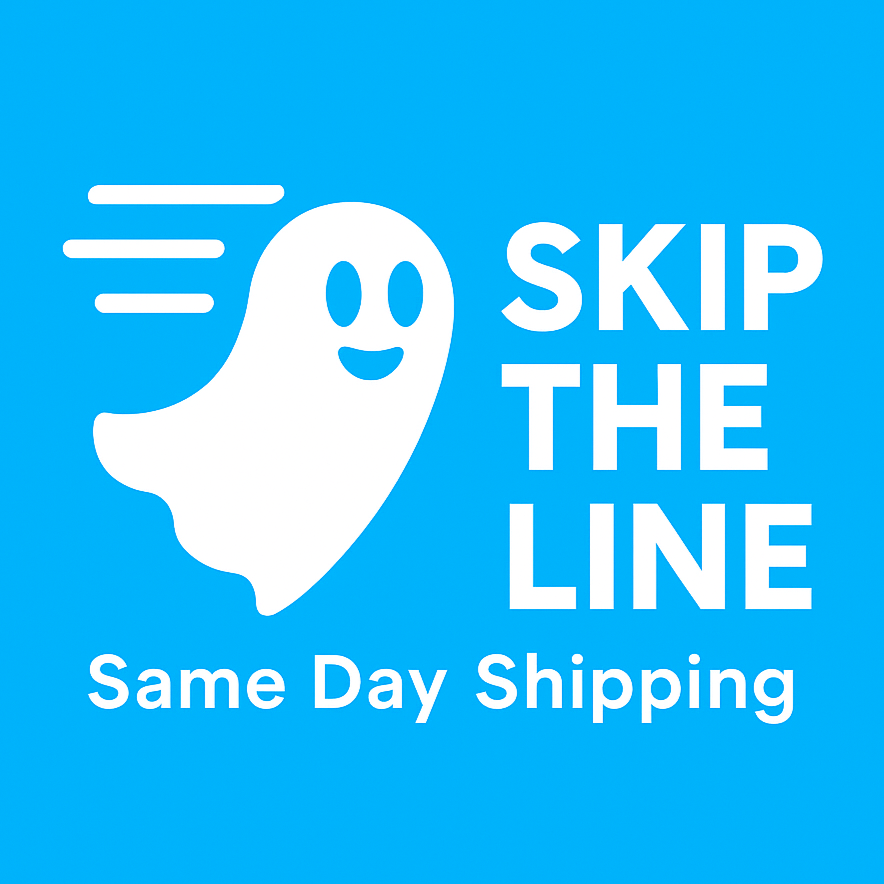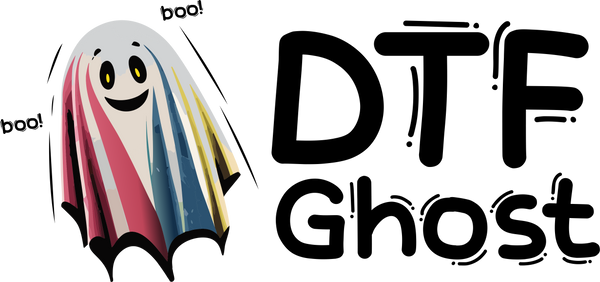What Is a Gang Sheet Used for?
A gang sheet is a resourceful way to print multiple designs on a single sheet of transfer film in one go. Instead of printing each design separately, everything is grouped ("ganged") together on one piece of film. This approach is especially popular in Direct-to-Film (DTF) printing, where the film, once printed and cured with adhesive powder, is heat-pressed onto various garments or items. By consolidating numerous designs on a single sheet, print providers and DIY enthusiasts can save time, reduce costs and streamline production.
What Is a Gang Sheet?
A gang sheet is a large piece of special transfer film onto which multiple designs are laid out and printed at once. In most DTF setups, printers use rolls or sheets of polyester film (PET) that receive layers of ink—often a colored image followed by a white underbase. After printing, the sheet is coated with a hot-melt powder adhesive and heat-cured. Every image on the film is now ready to be cut out and pressed onto clothing, accessories or other fabrics.
This method is valuable for anyone who needs more than one design per print session. By grouping multiple logos, text graphics or full-color illustrations onto a single film, it's possible to improve every inch of material. Whether a brand needs a few distinct logos in various sizes or a variety of unique artworks, a gang sheet condenses what would otherwise be separate prints into one cohesive layout.
How Does a Gang Sheet Improve Efficiency?
A gang sheet drastically improves efficiency by consolidating different graphics into a single print run. In a typical DTF workflow, loading film, aligning the printer and managing ink usage all take time. When only one image is printed at a time, these steps repeat for each job. By using a gang sheet, those processes happen once for multiple designs, which cuts down on preparation and waiting.
For commercial printers, this efficiency can translate to faster turnaround on bulk orders. Small businesses or crafters also appreciate not having to interrupt printing for every separate artwork. While a single print run of many individual items might still take time, it's generally less time-consuming than printing each design on its own sheet. The printer lays down all the ink in one continuous pass. Afterwards, it's only a matter of cutting and pressing each design. All of this streamlines production, helping manage client deadlines with greater ease.
Why Is a Gang Sheet Ideal for DTF Printing?
A gang sheet is particularly well-suited for DTF printing because DTF can reproduce full-color images with detailed gradients and sharp lines in a single pass. Unlike screen printing, which needs separate screens for every color or design, DTF prints any variety of artwork as long as the file is digitally prepared.
DTF also offers robust adhesion and vibrant ink coverage. The adhesive powder is added across the entire sheet, so each design on that sheet ends up with the same durability. When using a gang sheet, each logo or illustration has consistent quality because they all undergo the same print and curing process together. For orders needing multiple color variations, the digital nature of DTF allows color changes without more setup and the group layout means those variations can be spaced out on the same sheet.
What Are the Key Steps to Creating a Gang Sheet?
Gather Artwork: Collect the designs that need to be printed. These might be various logos, text elements or intricate illustrations. Make sure each file is in a high-resolution format, such as PNG or TIFF, with a transparent background if necessary. Clarity matters because any pixelation or compression artifacts will show up on the final transfer.
Select a Sheet Size: Determine how large the PET film should be. Some printers and services have standard widths, like around 22 inches and let users choose the length based on how many images they need to print. Matching the sheet dimension to the scale of your designs can minimize wasted space.
Arrange the Layout: In a design program (or a web-based gang sheet builder if the printing service provides one), drag and drop each graphic onto a canvas sized to the chosen film dimensions. Space them out so there's enough room to cut between designs without damaging next artwork. Ensuring a bit of a margin around each piece also helps keep them distinct during the printing process.
Check Orientation: DTF often needs a mirrored image so that the final print faces the right direction on the garment. Some services manage the mirroring for users automatically; others expect artwork to be flipped beforehand. Confirm these details to avoid reversed text or logos.
Upload or Print: Once everything is arranged carefully and double-checked, send the layout to the DTF printer. The machine will lay down ink and then print a white underbase behind each design.
Apply Powder and Cure: A fine hot-melt adhesive powder is sprinkled across the wet ink. The entire sheet is then placed in a curing oven or under a heat source to fuse the powder. Once cured, each design has a layer of adhesive ready to bond with fabric.
Cut and Press: When the gang sheet appears from the curing stage, the designs are cut apart. Each piece can be stored for later pressing or used at once on a garment or item.
How Does a Gang Sheet Minimize Waste?
A gang sheet helps minimize waste by filling up available film space with several images. Printing one design per sheet often leaves large swaths of unused space, which can be costly when using premium transfer films. By nesting or grouping artwork snugly, overall material usage is improved.
It's also common to add extra copies of designs in the leftover nooks and crannies. These surplus prints can act as backups if any misprints happen during pressing or they can be used for future orders. This practice further improves resourcefulness by ensuring less film goes into the trash. Instead of discarding big blank areas on a film, a well-planned gang sheet ensures every inch has a purpose.

